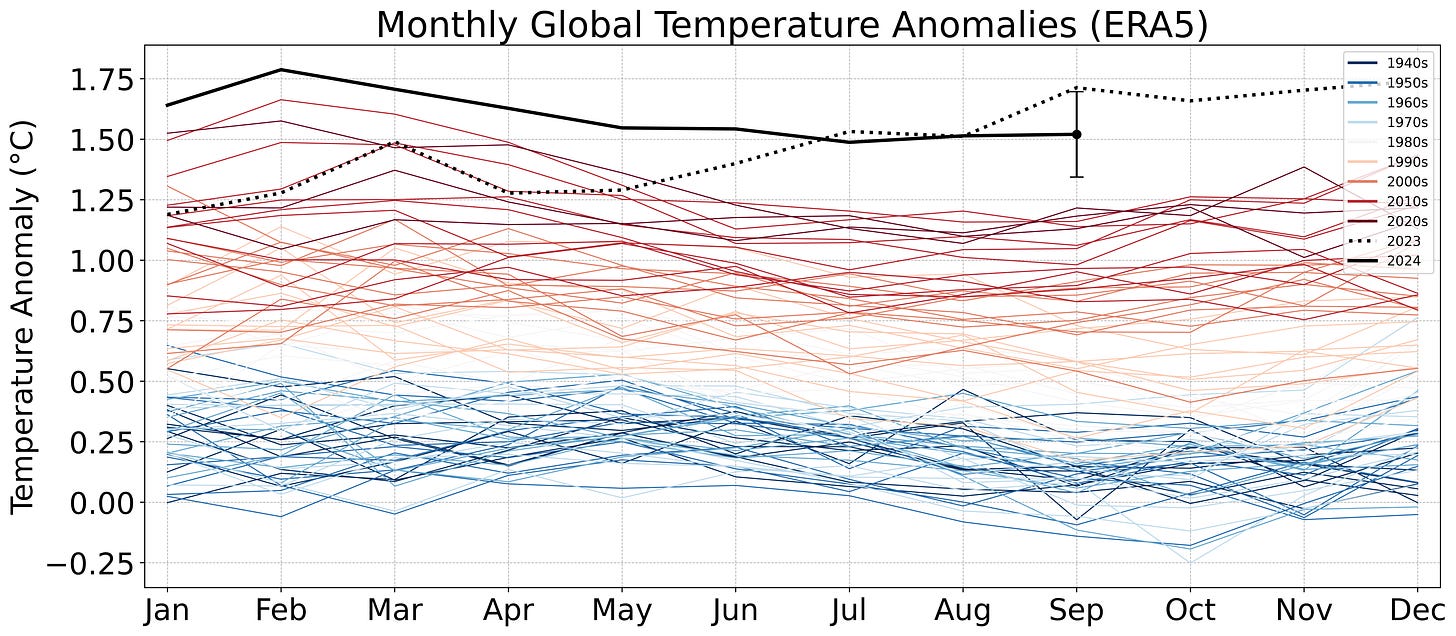JMSE, Vol. 12, Pages 1011: Heterogeneous Reservoir Petrophysical Property and Controlling Factors in Semi-Restricted Depositional Setting: A Case Study of Yamama Formation, X Oilfield, Middle East
Journal of Marine Science and Engineering doi: 10.3390/jmse12061011
Authors: Fengfeng Li Lei Li Haowei Chen Wenyu Wang Yang Wan
The Early Cretaceous Yamama Formation of X oilfield, deposited in a semi-restricted setting, holds considerable oil reserves. However, the reservoir is extremely heterogeneous and is poorly studied. Integrating outcrops, cores, cast thin sections, regular or special core analysis, wireline logging data from six wells, and seismic data, this study provides an improved understanding of reservoir petrophysical characteristics and geological controlling factors including sedimentation, diagenesis, and sequence. The results showed that eight lithologies are developed in the Yamama Formation, of which packstone and wackstone are dominant. The physical properties span a wide range, with porosity mainly distributed between 10% and 25%, and the permeability mainly distributed between 0.1 mD and 1 mD. Nine types of pores are developed, with moldic pores, micropores, and skeletal pores being the most developed. The reservoir has six types of microstructures, of which the poorly sorted with mega-throat represent the best reservoir. The Yamama Formation was mainly deposited in a lagoon, along with five other facies, such as supratidal flat, patchy reef, back shoal, shoal, and open shelf. Six types of diageneses are developed, with dissolution during the penecontemporaneous stage being the most beneficial to the reservoir and cementation being the most destructive. Three sequences were recognized in the Yamama Formation. It concluded that the hydrodynamics in semi-restricted depositional setting is weak overall and does not have the potential to develop large-scale high-quality reservoirs. A wide range of bioclasts were selectively dissolved to form a large number of secondary pores. Sediments rich in Algae, Bacinella, and peloids tend to form moldic pores, skeletal pores, and intergranular pores, respectively, which are prone to be favorable reservoirs. Controlled by the coupling of sedimentation and diagenesis driven by sequence, the reservoir is extremely heterogenous.

 2 months ago
13
2 months ago
13


